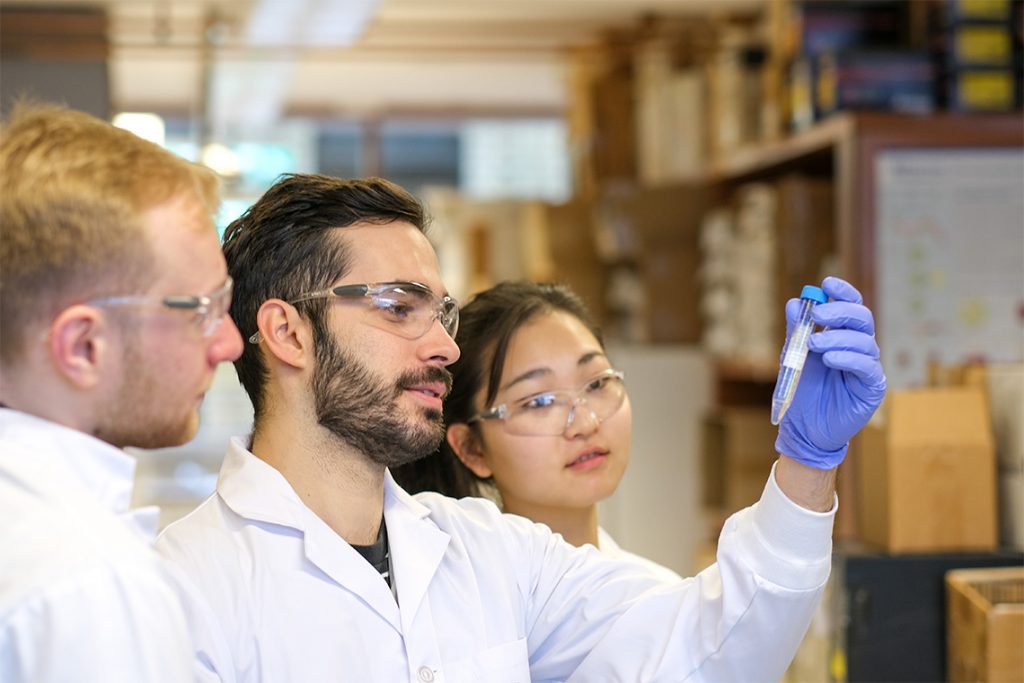U of T researchers develop method to improve transplantation of artificial insulin-producing cells

University of Toronto researchers from the Faculty of Applied Science & Engineering have developed a method to fine-tune the composition of artificial pancreatic islets – the organ and cells responsible for regulating blood glucose in the body.
The work of the multidisciplinary team from the Institute of Biomaterials and Biomedical Engineering (IBBME), the department of chemical engineering and applied chemistry and the Donnelly Centre for Cellular and Biomolecular Research could improve the success rate of implantable islets to treat people living with diabetes.
The study, recently published in the journal Biomaterials, was led by alumnus Alexander Vlahos in the lab of University Professor Michael Sefton.
In a healthy individual, pancreatic islets are responsible for secreting insulin, which regulates glucose levels in the human body. But this function is severely dampened in those living with diabetes, where significantly lower insulin production can, if untreated, lead to blindness or kidney failure.
Recent advances have enabled researchers to implant artificial islets (also called pseudo-islets) directly under the skin to regenerate normal glucose modulation in animals. This provides a longer lasting and hands-off method for diabetes management as opposed to repeated insulin injections.
“Creating artificial islets gives us the opportunity to create an organ that is better than what nature has provided,” says Sefton, who is also the executive director of Medicine by Design.
“Islets have evolved to control our blood sugar and we have learned to transplant them. We can now engineer them to be better than nature when transplanted – to reduce their oxygen consumption per unit of insulin produced or to better withstand the host response.”
The researchers first harvested donor islets and isolated the cells responsible for insulin production. The key was to recombine them in a 3D environment to resemble an islet. These artificial islets were then reintroduced into a diabetic animal to restore glucose levels. The authors also observed proper blood-vessel formation, a hallmark of healthy regeneration of an organ.
“The success rate of transplantation is dependent on the health of the pseudo-islet,” says Vlahos. “Most of the islet cells die soon after transplantation. In our study, we developed a method to fine-tune the size and composition of the pseudo-islet to improve the success of implantation.”
“The next step is to evaluate the therapeutic impact of human artificial islets,” says Sean Kinney, an IBBME PhD candidate. “The ultimate goal is to implant these islets into humans and have them last a decade. But there are still quite a few barriers we have yet to overcome.”
Improvement to transplantation success is crucial for the technology’s translation into the clinic, according to the researchers. Due to the scarcity of islet donors, however, this is not yet a widely adaptable method. Normally one islet transplantation would require three donors, but if the engraftment rate is better, the number could be reduced to one. The team hopes this can effectively increase the number of patients this method can serve.
The research was supported by the Canadian Institutes of Health Research, among others.